Siamang Gibbon
- January 17, 2024
- 0 comment
The Siamang (Symphalangus syndactylus) stands as a captivating and distinctive member of the primate family, particularly the gibbon group. Flourishing in the verdant rainforests of Southeast Asia, including Malaysia, Thailand, and Sumatra, these remarkable creatures are characterized by their striking jet-black fur and the unique throat sac that amplifies their resonant calls through the dense canopies. As one of the largest gibbons, Siamangs exhibit a graceful prowess as they swing effortlessly from tree to tree, leaving an imprint on the lush landscapes they inhabit.
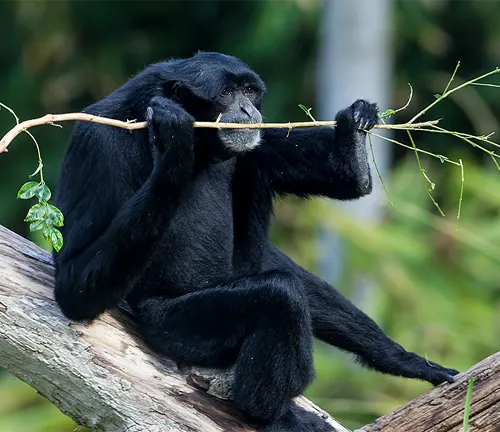
Social beings by nature, Siamangs form close-knit family units, relying on intricate vocalizations to communicate within their groups. Their preferred ecosystems, dense jungles and forests, provide the perfect backdrop for their acrobatic displays and distinctive behaviors. The Siamang’s diet is diverse, encompassing various fruits and exhibiting foraging techniques that showcase their adaptability to the dynamic environments they call home.
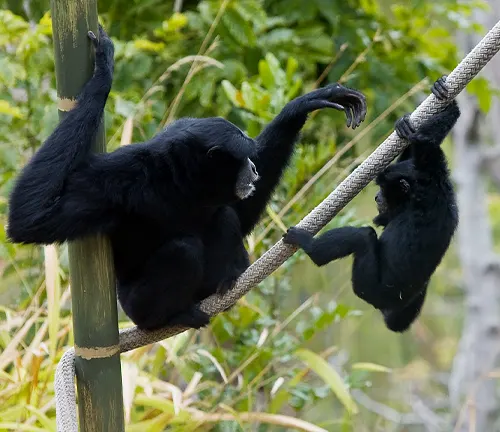
In addition to their ecological role, Siamangs hold cultural significance and have made their mark in popular media, influencing public perception and awareness. Unfortunately, these silent swingers face threats such as deforestation and illegal wildlife trade, highlighting the need for robust conservation efforts. Organizations dedicated to the protection of Siamangs and their habitats play a crucial role in ensuring the survival of these remarkable primates. Understanding and appreciating the unique characteristics and challenges faced by Siamangs underscores the importance of collective responsibility in preserving the biodiversity of our planet.
| Attribute | Description |
|---|---|
| Scientific Name | Symphalangus syndactylus |
| Common Name | Siamang |
| Habitat | Rainforests of Southeast Asia, including Malaysia, Thailand, and Sumatra |
| Physical Characteristics | Jet-black fur, distinctive throat sac, one of the largest gibbons |
| Social Structure | Tight-knit family units, intricate vocalizations for communication |
| Preferred Ecosystems | Dense jungles and forests |
| Diet | Varied, including fruits; exhibits acrobatic foraging techniques |
| Cultural Significance | Holds cultural importance and featured in popular media |
| Threats | Deforestation, illegal wildlife trade |
| Conservation Status | Faces threats, requiring dedicated conservation efforts |
| Conservation Organizations | Various organizations actively working to protect Siamangs and their habitats |
Unveiling the Secrets of the Silent Swinger Siamang Gibbon
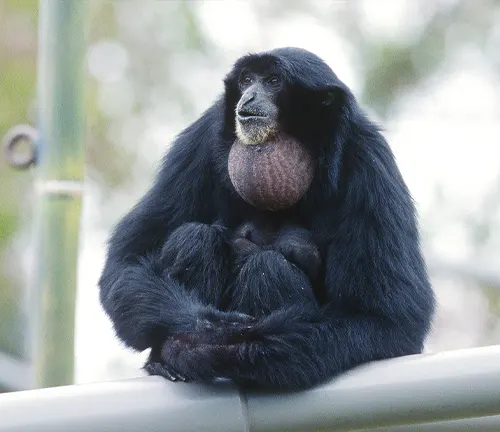
In the heart of lush rainforests, a creature swings effortlessly from tree to tree, emitting a distinct vocalization that echoes through the canopy – the Siamang. Let’s delve into the mysteries surrounding this primate and understand its vital role in the natural world.
Physical Characteristics
The Siamang, a majestic primate of the gibbons, graces the rainforests of Southeast Asia with its striking physical attributes. Cloaked in jet-black fur, Siamangs exhibit a sleek and lustrous coat that not only adds to their aesthetic allure but also serves a practical purpose in their arboreal habitat. The elegance of their long limbs and the grace with which they traverse the treetops make the Siamang a true marvel of nature.
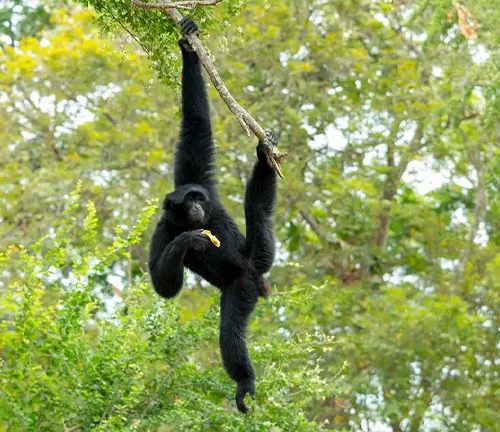
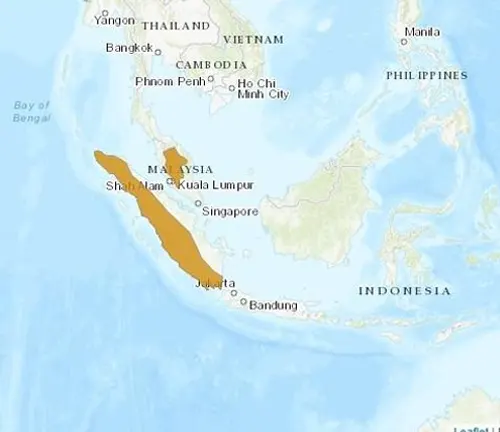
Habitat and Distribution
The Siamang’s enchanting world extends across the dense rainforests of Malaysia, Thailand, and Sumatra. These arboreal creatures find solace amidst the rich biodiversity of their preferred ecosystems. Exploring the intricacies of their habitat and distribution provides insight into the delicate balance that sustains these silent swingers in their natural realms.
Diet and Feeding Habits
In the vast pantry of the rainforest canopy, Siamangs embark on culinary explorations. Their diet is diverse, encompassing fruits, leaves, and vegetation. Observing their acrobatic foraging techniques unveils a captivating aspect of their lifestyle. Dive into the culinary preferences and feeding habits that contribute to the Siamang’s survival in the lush green banquet of their rainforest home.
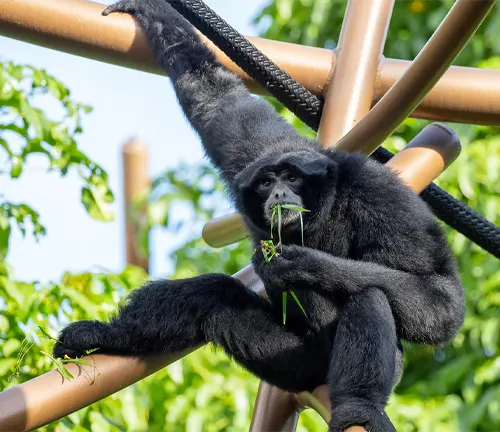
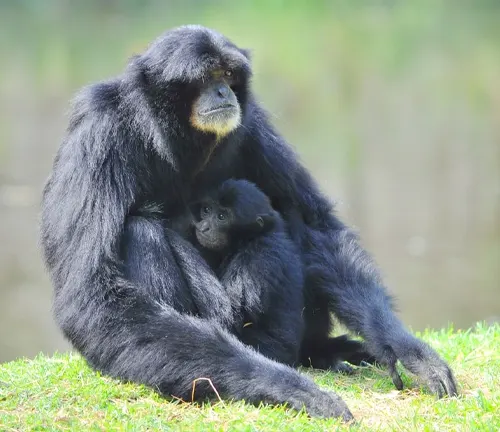
Reproduction and Family Life
The intricate dance of courtship and the harmonies of family life unfold within the leafy confines of the rainforest canopy. Delve into the fascinating world of Siamang reproduction, exploring the nuances of mating behaviors and the dedicated parental care that shapes the next generation of these arboreal primates.
Threats and Conservation Status
As shadows loom over their rainforest realms, Siamangs face threats to their existence. From deforestation to the perils of illegal wildlife trade, the challenges are daunting. Uncover the threats that cast shadows over Siamangs and explore the current conservation status, shedding light on efforts to preserve these captivating creatures.
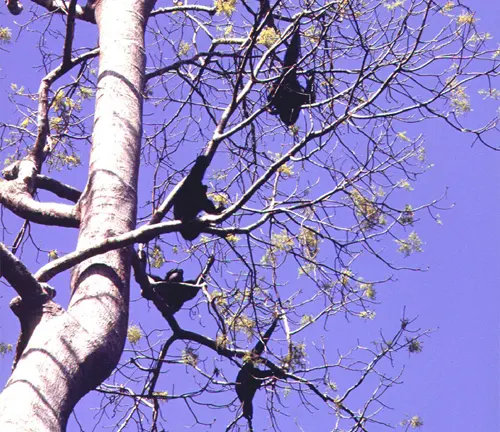
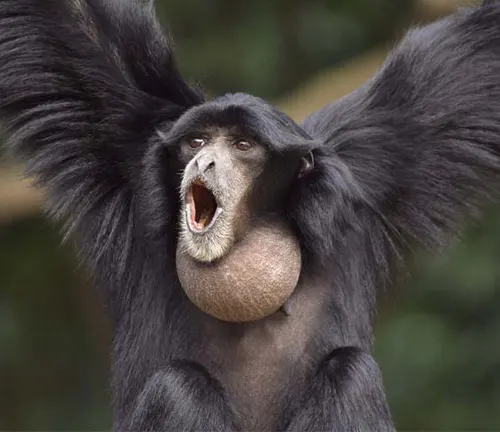
Interactions with Humans
Beyond the confines of their rainforest haven, Siamangs find themselves interacting with humans. Discover the cultural significance they hold and the efforts to educate the public about their importance. As the human and primate worlds intersect, explore the intricate dynamics between Siamangs and their human counterparts.
Challenges in Siamang Conservation
The journey towards Siamang conservation is fraught with challenges. Deforestation and illegal wildlife trade pose significant obstacles to preserving their habitats. Navigate the complexities of conservation efforts, exploring the initiatives and strategies employed to overcome the challenges in safeguarding the future of Siamangs.
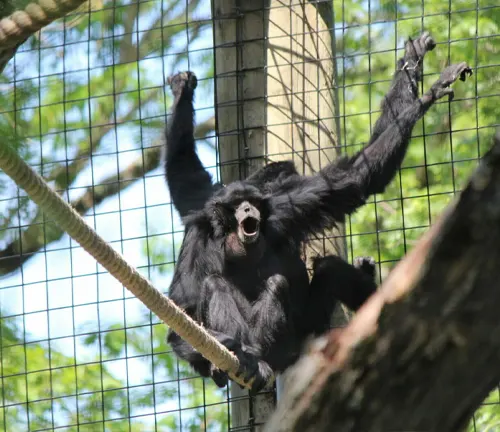
Frequently Asked Questions (FAQs)
- Why are Siamangs important in the primate world?
Siamangs play a crucial role in maintaining the balance of their ecosystems and contribute to the diversity of primate species. - What do Siamangs eat in the wild?
Siamangs have a diverse diet, including fruits, leaves, and other vegetation, supplemented with occasional insects. - How do Siamangs communicate within their family units?
Siamangs communicate through a range of vocalizations, including distinctive songs and calls that help in maintaining social bonds. - What is the lifespan of a Siamang in the wild?
Siamangs have an average lifespan of around 25 to 30 years in their natural habitats. - How large are Siamangs compared to other gibbons?
Siamangs are among the largest gibbons, with males weighing around 23 kilograms (50 pounds) on average. - What makes Siamangs unique in terms of physical characteristics?
Siamangs are distinguished by their jet-black fur, long arms, and a throat sac that amplifies their vocalizations. - Do Siamangs build nests like other primates?
Siamangs do not build nests but instead move and sleep in the trees, exhibiting an arboreal lifestyle. - How do Siamangs contribute to seed dispersal in their habitats?
Siamangs aid in seed dispersal by consuming fruits and later excreting seeds in different locations, contributing to plant propagation. - What are the major challenges faced by Siamangs in terms of conservation?
Deforestation, habitat loss, and illegal wildlife trade pose significant threats to Siamang populations. - Are there any conservation success stories involving Siamangs?
Yes, successful conservation programs have helped stabilize some Siamang populations, showcasing positive outcomes. - What role do Siamangs play in maintaining biodiversity in their ecosystems?
Siamangs, as key components of their ecosystems, contribute to biodiversity by influencing vegetation dynamics and supporting various species.


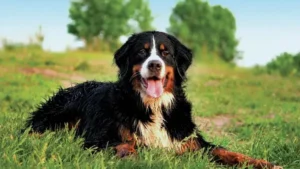
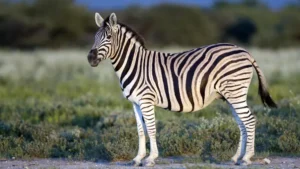
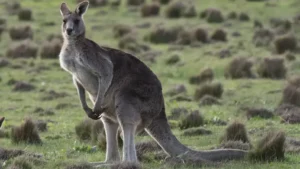

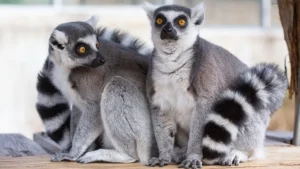
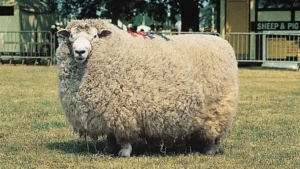
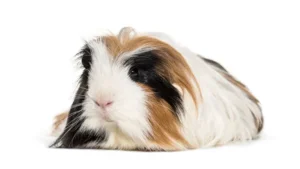
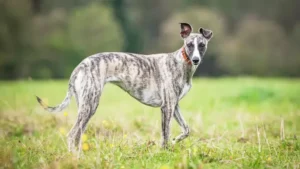

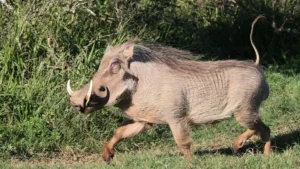
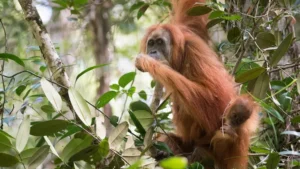

Leave your comment